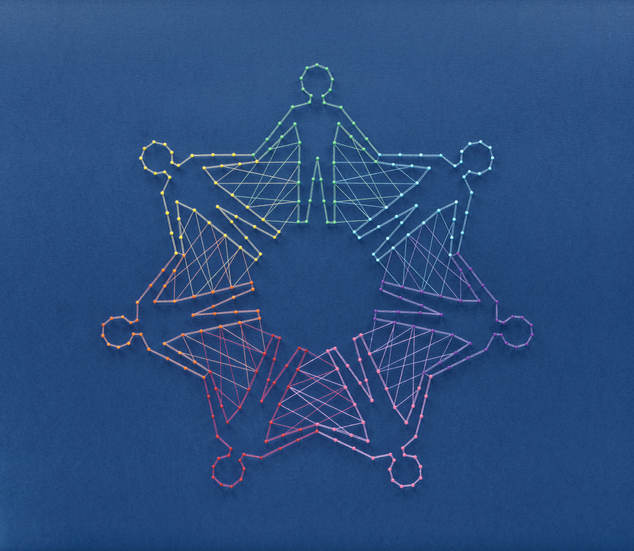As the world returns to work following COVID-19 stay-at-home orders, managers are key to a company’s success in resumption of normal (or near normal) operations. While the task may feel overwhelming for some, in many ways the process will be similar to standard managerial duties. A good place to start is to draw from Workplace Options’ organizational recovery tips for managers found below.
Your company has created an organizational recovery plan, and it’s your responsibility as a manager to explain and implement that plan within your team. What is different in this situation is the level of intensity that will be required of you. The stress experienced during and after a disruptive event often increases people’s need for reassurance, repetition of information, and calm. Your team will look you to for support and clear information.
With that in mind, here are some ways you can facilitate a successful return to the workplace.
Prioritize safety
Implement the health and safety practices your organization has created, and ensure your staff is aware and complying with these new conditions. Allow some flexibility with your employees initially as they become accustomed to these new working conditions. Also, follow the recommended safety and health regulations given by your local and national governments.
Assess business continuity practices as appropriate within your role
Analyze the needs of your staff, as well as how to keep your organization functional. Take this time to reassess projects and goals and see how you can adapt them while working with your organization’s new guidelines. Do shifts need to be staggered? Will the office operate at half capacity, with the other half telecommuting? These are a few examples of questions to ask during this process.
Communicate
Being transparent with your employees is critical. If the new working conditions will impact how you conduct business, this is the time to communicate that. Whether your employees may have a rotating schedule, or if permissible wait times for clients have been changed, these are matters to be clear about with your staff. Setting clear expectations about changes in how the organization will operate and how long these changes might last, will go a long way towards reassuring employees and building their confidence in the plan.
Be patient
Some employees may have a difficult time adapting to change. Also, new strategies, activities, and other changes may lead to mistakes. Now is a time to be understanding, provide support, and perhaps, keep an even closer eye on quality assurance.
Facilitate safe social interactions. Your organization will have set guidelines for observing the six-foot rule and other social distancing guidelines while in the workplace. Be sure your employees follow these guidelines. And, think about facilitating safe, fun social interactions in the workplace. Try to include staff who are working remotely as well. Positive social interactions at work can reduce stress, strengthen the social glue of teams, and increase productivity.
Build resilience and boost morale
When executing your organization’s practices, remember to use this time to build resilience and boost morale among your staff. Create a forum with open discussions about mental health at work and allow your staff to introduce any ideas they may have. Be aware that anxiety and depression are normal responses to the COVID-19 pandemic. To avoid a decrease in productivity that may be associated with these factors, familiarize yourself with your employee support program or other benefits available to support you and your employees’ mental health.
Monitor the impact of new practices and collect feedback
Monitor how your team is adjusting to the new work practices, so that you are aware of how the new practices are being observed. Have your team provide feedback on these changes and take note so you can present this feedback to your organization, if needed. Also, be aware of the impact the new practices have on yourself as well. If you need support or assistance with how you manage in the new conditions (virtual or in-person), take care of yourself and ask for help.



































